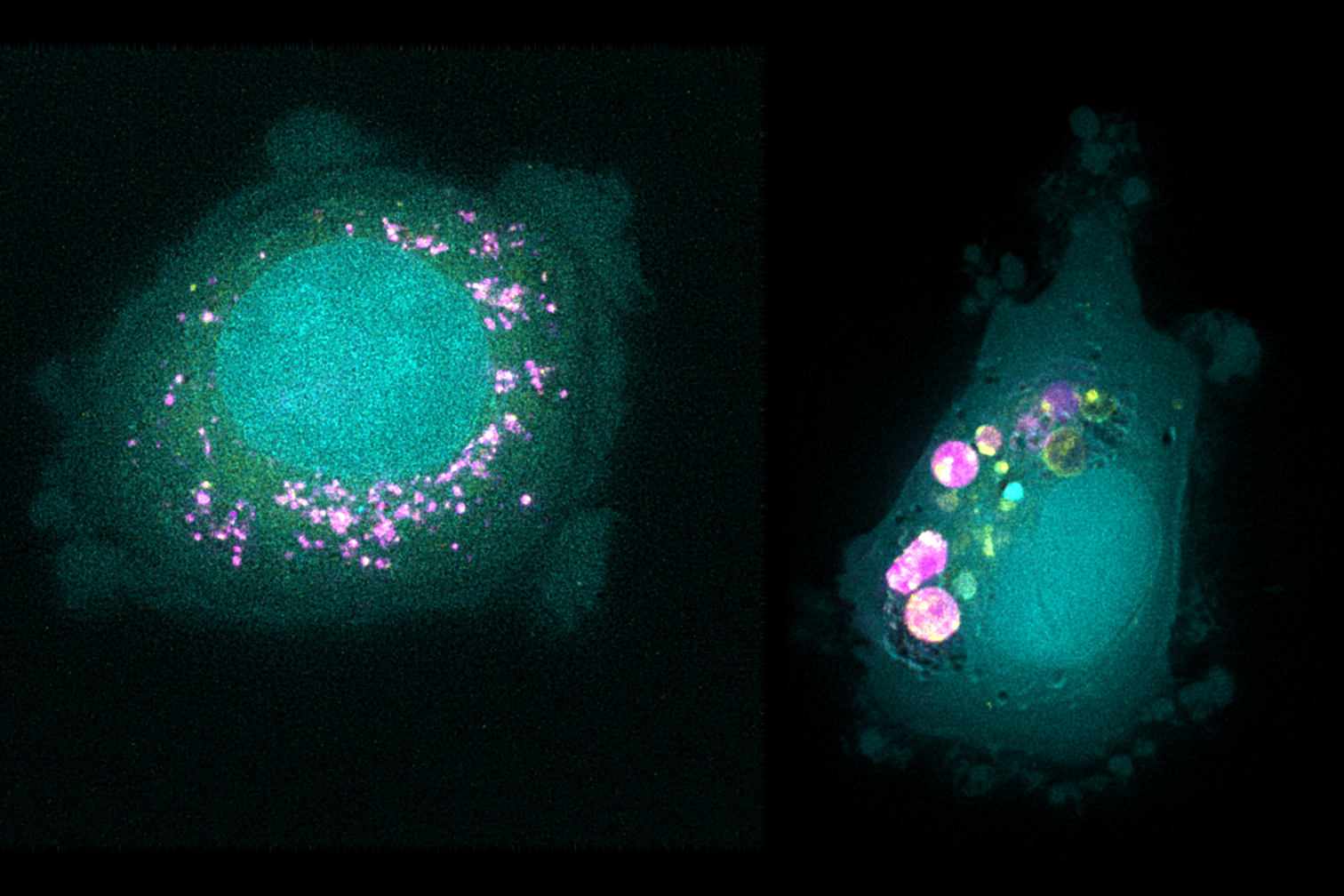How different cancer cells respond to drug-delivering nanoparticles
The findings of a large-scale screen could help researchers design nanoparticles that target specific types of cancer.
The best semiconductor of them all?
Researchers have found a material that can perform much better than silicon. The next step is finding practical and economic ways to make it.
A new twist on old-school animation
MIT researchers create KineCAM, an instant camera that yields images that appear to move.
When cells’ tiny differences have far-reaching implications
Alex Shalek’s technologies for single-cell RNA profiling can help dissect the cellular bases of complex diseases around the globe.
Silk offers an alternative to some microplastics
Researchers have developed a biodegradable system based on silk to replace microplastics added to agricultural products, paints, and cosmetics.
A technique to improve both fairness and accuracy in artificial intelligence
Methods that make a machine-learning model’s predictions more accurate overall can reduce accuracy for underrepresented subgroups. A new approach can help.
Fusion’s newest ambassador
High school student Tuba Balta engages new audiences through her MIT internship.
School of Engineering Awards for 2022
The MIT School of Engineering recently honored outstanding faculty, graduate, and undergraduate students with its 2022 awards.
Four researchers with MIT ties earn Schmidt Science Fellowships
International award supports early-career scientists and engineers as they pursue interdisciplinary works.
Donald “Bruce” Montgomery, influential electromagnet engineer, dies at 89
Longtime MIT researcher and former associate director of the Plasma Science and Fusion Center contributed to fusion energy progress on campus and around the world.









